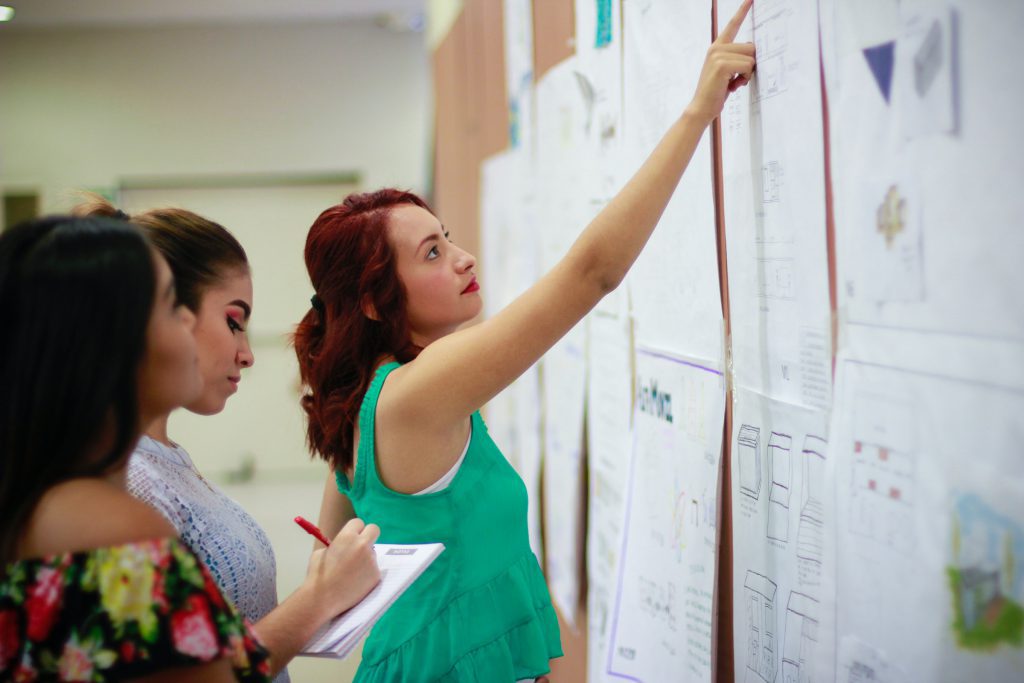When you’re little, roles seem clear: There are teachers and then there are students. It’s fun to tell an elementary student that their favorite teachers are students, too, thanks to professional development requirements. Then spring it on them that many mothers and fathers are students as well and see what they say.

K-12 teachers are earnest and avid learners because they need to stay innovative in their classrooms. They know what works best in a particular environment or situation. In fact, corporate professional development (PD) designers and instructors might want to adopt some of the teachers’ best practices listed below to provide outstanding PD to employees.
The U.S. Department of Education identified nine best practices for evidence-based education as guidance for teachers. The following tips comprise a few of the Department of Education’s and some others worth noting.
Give students a clear and common focus
You want to make sure everyone is on the same page and understands the goals and what to expect. All students can learn and improve their performance when presented with clear objectives and appropriate expectations. Regardless of whether students are in the classroom, a virtual environment, or both, a clear focus will help students understand what is expected academically, behaviorally, and socially.
Hold everyone to higher standards and expectations
When you set the bar high, students aim higher. High-performing classes have a teacher who intrinsically believes “all my students can learn and I can teach them.” So, challenge your learners to shoot for your high standards and expectations. Make sure all are appropriately ambitious and offer them clear, consistent learning conditions.
Provide everything needed for learning
Part of the tools needed to learn are your clear expectations and procedures for both the class and assignments. The other part is making sure they have the actual materials they need to accomplish the task or goals you set. In a classroom setting, it’s easy to ensure they have everything needed. In a virtual classroom, you can use an online space to store and share materials.
Offer supportive, personalized, and relevant learning
A supportive learning environment personalized to each student’s needs, offering relevant and interesting information, is key. Engage your students in rigorous coursework that gets and keeps their attention. Encourage them and provide plenty of positive feedback early and often. Reinforce positive results quickly and consistently offer timely, honest feedback and encouragement.
Empower students to track their learning progress
When students take ownership of their own learning, it boosts their level of achievement. You can help them thrive academically by helping them feel invested in their progress. They should be able to see their grades and means of tracking their progress. Boost self-confidence when your students can see they’re keeping up or excelling. Motivate and inspire them to kick it into gear to avoid falling behind.
Be flexible with time and structure
A flexible structure is one that maximizes everyone’s use of time. Accommodate your students’ varied lives beyond the classroom by being cognizant of both in-person learning and virtual challenges. Foster student achievement by extending the structure of your classroom beyond the school building or the computer screen. Draw on the entire community’s resources to educate your students.
Monitor and assess students’ work
An accurate view of students’ progress is key to making good decisions for your classroom. Another key is continually adjusting your program to address student needs or progress issues. When you monitor and assess your students based on data you’ve collected, your flexible structure will adapt to what students need and what works best.
Embrace professional development
Ongoing PD should align with the school’s larger goal or aim. Part of that focus includes the high expectations the school puts on teachers to improve student performance. Research and assessments should focus and inform your school’s PD offerings. You should also get appropriate instructional support and resources to help your approaches and techniques succeed.

Final thoughts
Teachers understand what works best for their classroom based on age, content, individual needs, and access to technology. In fact, when creating a learning environment, less is more. The number of assignments and level of instruction should focus less on distinct content and more on your school’s bigger ideas.
Ready to better understand your learners’ needs and strengths? Start with a training needs assessment template and customize your questions, get answers, and keep learning!






